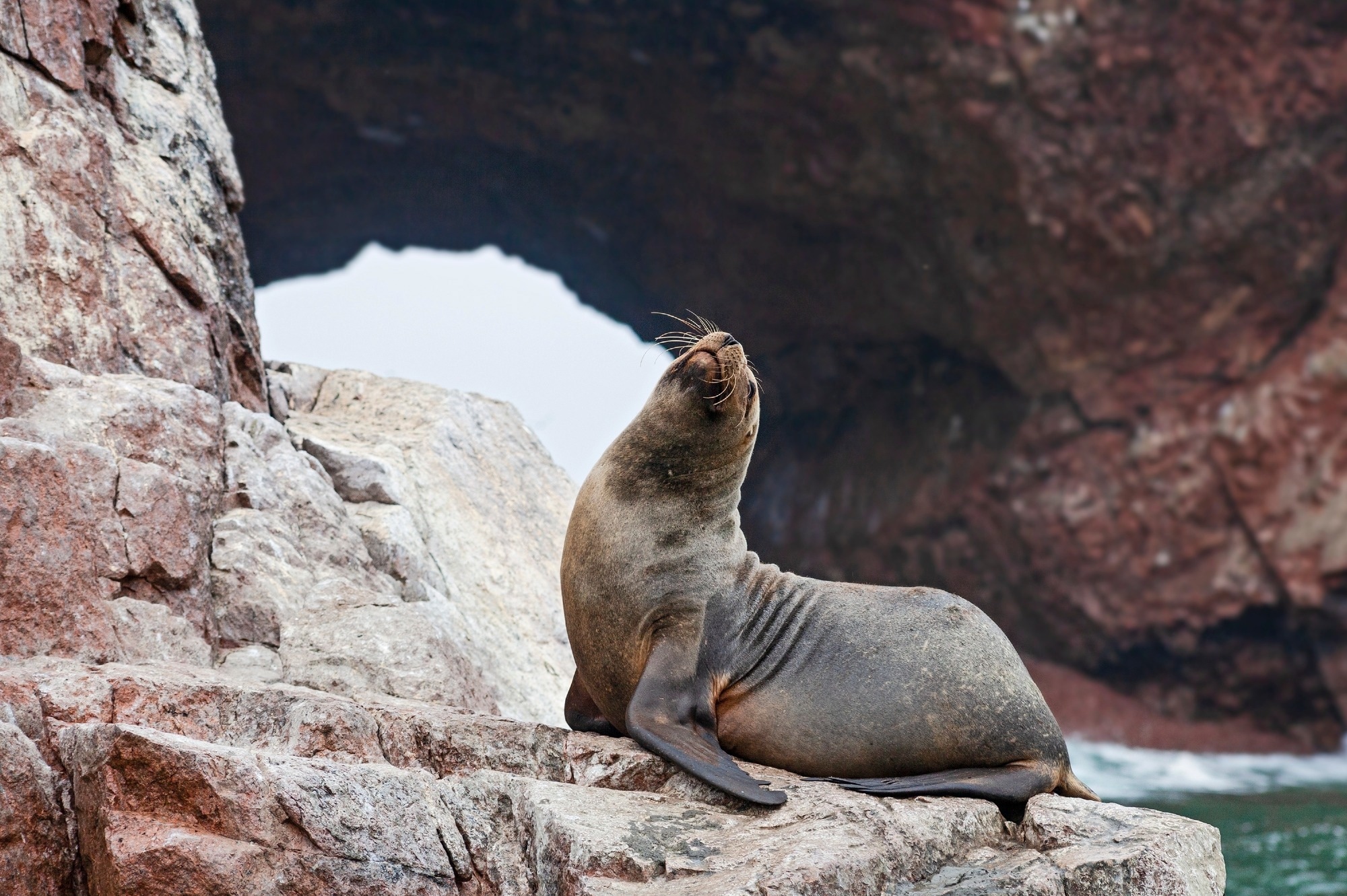These findings emphasize that urgent research and conservation interventions are needed to prevent these colonially breeding animals from further population collapse.
 Study: Mass mortality of sea lions caused by highly pathogenic avian influenza A(H5N1) virus. Image Credit: Alexandra Lande / Shutterstock.com
Study: Mass mortality of sea lions caused by highly pathogenic avian influenza A(H5N1) virus. Image Credit: Alexandra Lande / Shutterstock.com
The terror of avian influenza
H5N1 is a highly virulent and extremely infectious pathogen, particularly in birds. First discovered and isolated in 1996 from geese in Guangdong Province, China, H5N1 has repeatedly mutated, reassorted, and spread throughout Asia, Europe, North America, and, most recently, Africa. Along with its sister strain A(H5N2), H5N1 has been responsible for over 200 million avian deaths since 2002.
Avian influenza is panzootic, affecting not only birds but also mammals, including humans. While person-to-person transmission is rare, contact with infected birds has resulted in 878 reported cases of human infections since early 2003, 458 of which were fatal, thus leading to a human mortality rate of 52%. The impact of H5N1 on livestock and wildlife is even more severe, with H1N5 claiming the lives of hundreds of thousands of mice, ferrets, and pigs globally.
The global transmission of avian flu is primarily attributed to the long-distance migrations of wild waterfowl, ducks, geese, and swans. In December 2022, H5N1 reached South America and, within only three months, resulted in the deaths of over 200,000 Peruvian birds. Species that were more significantly affected included the Peruvian boobies (Sula variegata), Peruvian pelicans (Pelecanus thagus), and guanay cormorants (Leucocarbo bougainvilliorum).
Similar to zoonotic spillover events reported in New England seals in the United States, the sizeable infected biomass of dead marine birds may have caused H5N1 to be transmitted from birds to Peruvian sea lions (Otaria flavescens), thus resulting in unprecedented mortality in the species.
Research letter highlights
In the present research letter, researchers conduct detailed surveillance of agonal and dead sea lions in Peru’s protected areas between January and April 2023. A total of 5,224 dead animals were recorded in four months, 1,112 of which were found on San Gallán Island. These numbers represent about 5% of Peru’s entire sea lion population and form a significant portion of the global estimate of 225,500 extant mature individuals.
Due to restrictions implemented by Peruvian national health authorities, researchers were only able to perform one necropsy, while other study findings were derived from veterniarns’ observations. These observations included signs of respiratory distress such as dyspnea, tachypnea, and buccal and nasal secretions.
The single necropsy revealed lung congestions alongside hemorrhagic focus, which were suggestive of interstitial pneumonia. Brain tissue similarly exhibited congestion and hemorrhagic focus that was suggestive of encephalitis.
Proximity to infected H5N1 avian carcasses led researchers to hypothesize that zoonotic spillover caused this ‘massive mortality’ of sea lions, later confirmed in clinical studies. Alarmingly, novel H5N1 substrains were discovered in sea lion carcasses, thus alluding to the continued and rapid evolution of H5N1 and the potential for further damage to marine life.
Research in Chile reported thousands of infected and dying sea lions along their shores that were attributed to the December-May breeding season of these animals.
Further research is required to confirm the HPAI H5N1 virus as the main factor affecting the sea lions and to address the transmission pathway in this social species. We call for more attention to human–infected animal interaction in this geographic region to identify any rise in infections and prevent a new pandemic.”
Journal reference:
- Gamarra-Toledo, V., Plaza, P. I., Gutiérrez, R., et al. (2023). Mass mortality of sea lions caused by highly pathogenic avian influenza A(H5N1) virus. Emerging Infectious Diseases. doi:10.3201/eid2912.230192